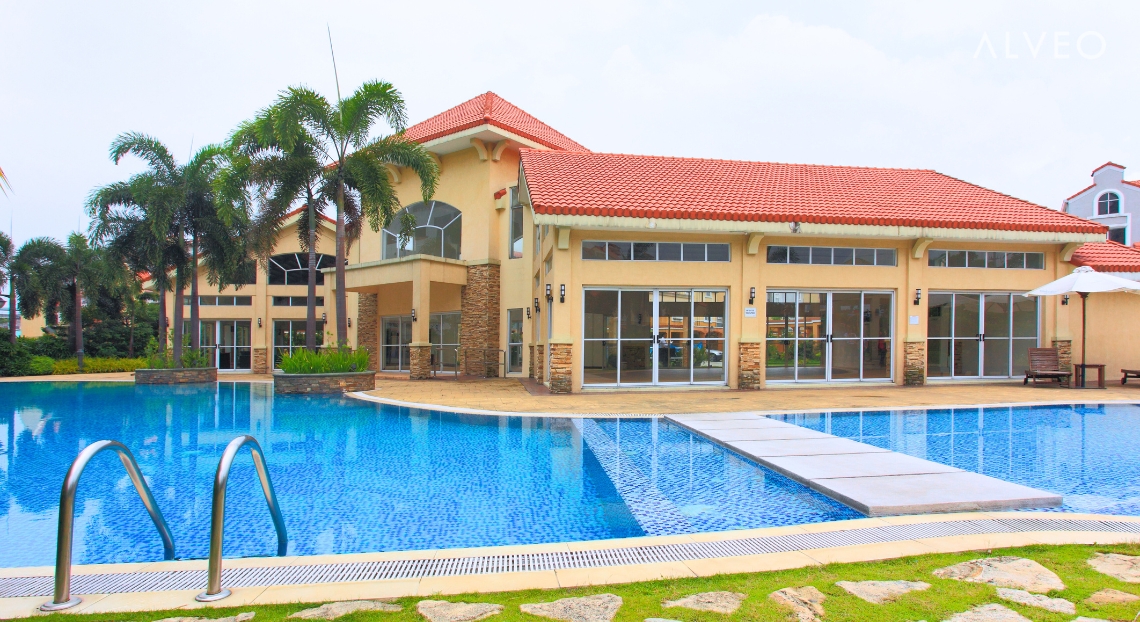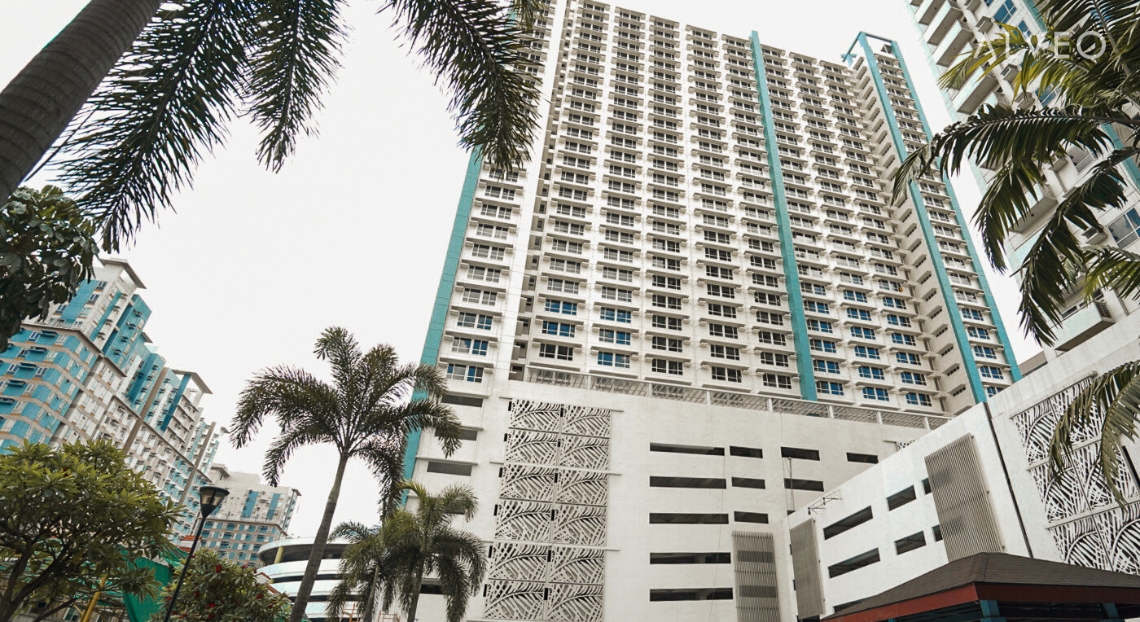
Living in the Pearl of the Orient
Reflecting the country's rich cultural heritage while positioning itself towards the future, Manila's cityscape is a blend of historical architecture and modern skyscrapers. The city's energy is palpable in its several business hubs, vibrant arts and culture scenes, and diverse residential options. Manila is surely the place to be for those looking to embrace the vigor of a bustling metropolis. Read more
Explore properties in Manila
facts about Manila
Manila serves as the capital city of the Philippines.
Manila stands as the capital and seat of the Philippines' political power. It houses the Malacañang Palace, the official residence of the President, and the Philippine Congress, symbolizing the country's governance and administration.
Historical landmarks define the city.
Intramuros, the historic walled city, encapsulates Manila's Spanish colonial past, featuring well-preserved structures, churches, and forts. Rizal Park, also known as Luneta, serves as a significant public space honoring Dr. Jose Rizal's life and contributions to Philippine independence.
A cultural hub with various museums and theaters.
Manila's cultural scene flourishes with various institutions like the National Museum Complex, showcasing art, culture, and history through exhibits and artifacts. The Cultural Center of the Philippines (CCP) hosts performances, art events, and festivals, promoting Filipino arts and creativity.
NAIA and Port of Manila are necessity for transportation.
The Ninoy Aquino International Airport (NAIA), although facing challenges and improvements, remains a vital gateway connecting the Philippines to the world through air travel. The Port of Manila manages maritime trade and plays a pivotal role in the country's import and export activities.
Manila embraces diverse cultural influences resiliently.
Despite its challenges, Manila showcases resilience through its diverse culture, blending influences from Spanish, American, and Asian heritage. The city's streets buzz with life, offering a mix of traditions, festivities, and a vibrant atmosphere that embodies the Filipino identity and spirit.
Manila has vibrant nightlife and dining scene.
Manila offers a lively nightlife with an array of bars, clubs, and restaurants catering to various tastes and preferences. The city's dining scene is renowned for its fusion of international cuisines, street food, and fine dining experiences, offering something for everyone to enjoy.
Living in Manila, the capital city of the Philippines, offers a unique blend of historical charm, cultural richness, and urban vibrancy. Here are some reasons why living in Manila can be appealing:
Rich historical and cultural heritage.
Manila is steeped in history, evident in its colonial-era landmarks, heritage sites, and centuries-old churches. Places like Intramuros, Rizal Park, and Fort Santiago showcase the city's cultural and historical significance, offering residents opportunities for exploration and learning.
Educational and academic opportunities.
Manila is home to prestigious educational institutions and universities, offering quality education and a wide range of academic programs. Students and professionals alike benefit from access to diverse learning opportunities and resources within the city.
Cultural events and festivals.
The city hosts various cultural events, festivals, and celebrations throughout the year, showcasing Filipino traditions, music, arts, and cuisine. Residents can immerse themselves in colorful festivities like the Feast of the Black Nazarene or the Manila International Film Festival.
Strategic location and accessibility.
Being the country's capital, Manila enjoys a strategic location with access to transportation hubs, making it convenient to travel domestically and internationally. The city is well-connected via roads, railways, airports, and seaports.
Recreational and leisure options.
Despite its urban setting, Manila offers recreational spaces and leisure activities. Residents can enjoy parks, waterfront promenades, sports facilities, and entertainment complexes for relaxation and leisure pursuits.
Read more





